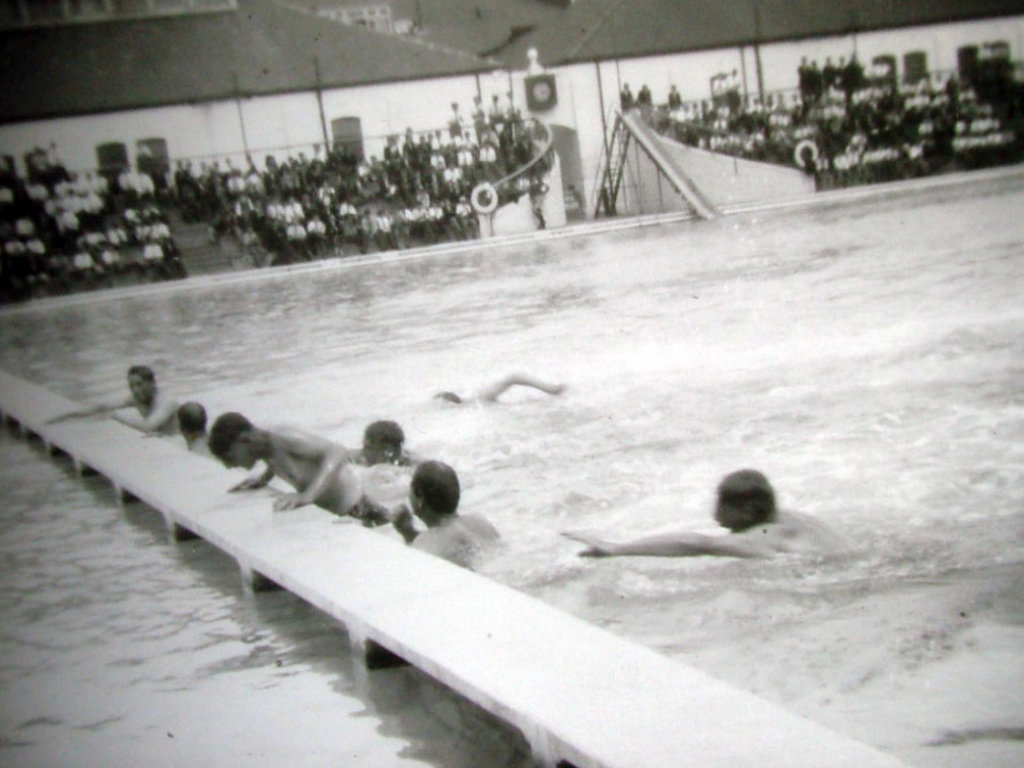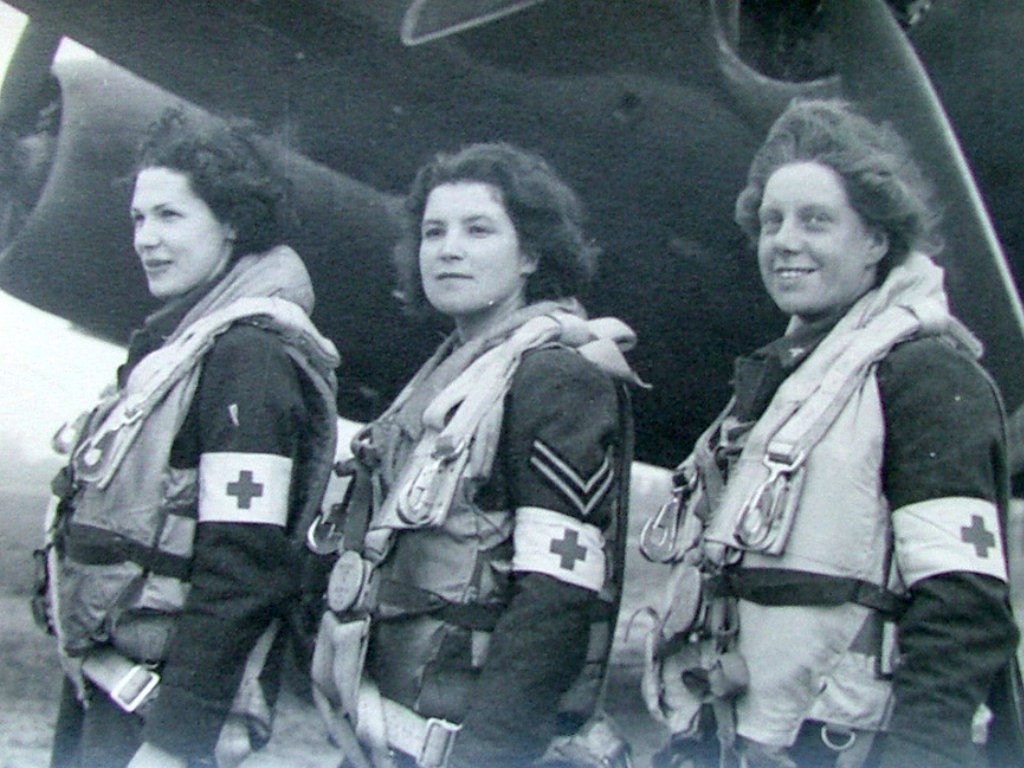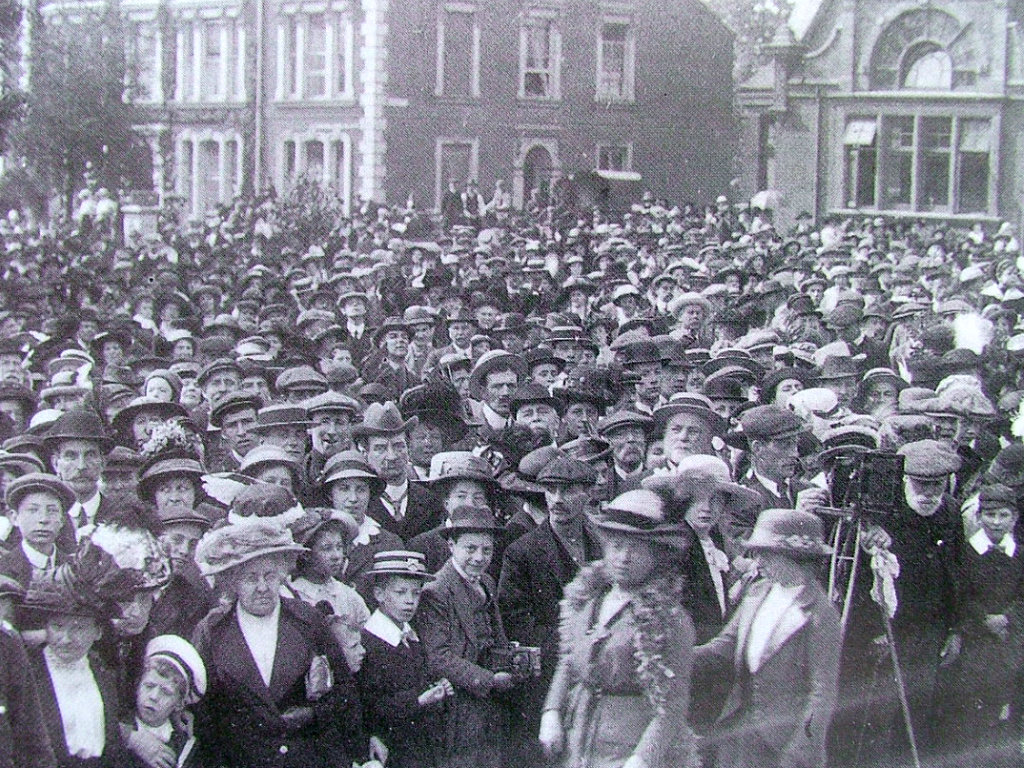Articles & Research
Local Historian: Speaker: Tourist Guide
Learn more about Southampton and the Wessex region
Below is a list of my most popular articles. Some are FREE, and others you can buy for a small fee.
South Western House Southampton
South Western House is a Grade II listed building situated adjacent to the old Terminus Railway Station, near to Dock Gate 4. It was built as a hotel by a private developer about 1865, who leased the land off the London & South Western Railway Company.
The style is High Victorian contemporary with London’s Charing Cross station. Originally the hotel was built over the ends of the railway lines, so that passengers could alight the train on platforms that came right into the hotel, almost cutting it in two on the ground floor…
This illustrated article is 6 pages long and 1014 words.
It is downloaded through Gumroad as a PDF. file. Costs £4.
Gumroad is a secure e-commerce platform that allows creators to sell their products directly to their audience. (Please note, Gumroad will show the price in $US, but the final payment will be in £).

Castle Vault and the King's Wine
Some readers may remember the first million dollar question on the TV programme, Who Wants to be a Millionaire, “Who was the Queen of King Henry II?” I immediately shouted back at the telly, “Eleanor of Aquitaine”.
The reason I knew this was because their marriage, in 1154, was to have a major impact on the development of Southampton as a royal wine depot.

1964: Southampton Henceforth Known as a City
2024 Southampton will celebrate its Diamond anniversary of becoming a city.
It was on 24th of February 1964 that Southampton was granted a Royal Charter, to henceforth be known as the City and County of the City of Southampton. It was the culmination of a process that had begun 30 years earlier.

Horse Racing on Southampton Common
Horse racing on the Common started in 1822, when Southampton was enjoying a revival as a spa town. It was an annual event spread over two days, and planned to attract more visitors to the town.
The programme included bare knuckle prize fighting staged in front of the racing stand. In the town other entertainments included the opening of the theatre for its season, a ball in the Long Rooms, dinners at the Star and Dolphin Hotels, and a firework display on Houndwell

The Lido: Happy Days
I regularly visited the Lido, Southampton’s public open-air swimming pool, two or three times a week during my school holidays back in the 50s and 60s. Unfortunately, there’s no trace of it now, but the happy memories linger on.
I found it surprising, even as a boy, that an open air pool should be situated between a coal fired power station, and a cable factory, but in fact, it predated both.
There had been an open air public baths on the site since 1854 owned by Southampton Public Baths and Wash House Company. In 1890 it was bought by the Corporation and rebuilt, which included indoor ladies’ and gents’ pools at the front of the premises.

Corporal Lydia Alford - The Flying Nightingales
When I first heard the story of Corporal Lydia Alford it brought to mind Winston Churchill’s famous remark of 65 years ago. He said of WW2, that it was not a war of princes or chieftains, but of peoples and causes; a war fought by unknown heroes. For me, she typified the unknown heroes that Churchill was referring to.
Lydia Alford was the first of three women known as ‘the Flying Nightingales’ to land in a battle zone after D-Day. She was a nursing orderly in the Women’s Auxiliary Air Force (W.A.A.F), and flew on the first RAF transport plane to evacuate the wounded from the Normandy battlefields…
This illustrated article is 5 pages long and 1361 words.
It is downloaded through Gumroad as a PDF. file. Costs £4.
Gumroad is a secure e-commerce platform that allows creators to sell their products directly to their audience. (Please note, Gumroad will show the price in $US, but the final payment will be in £).

The Dolphin: Historic Coaching Inn Southampton
One of the earliest references to the Dolphin is found in a document of 1454, but it certainly existed before then. ‘Le Dolphin’ can be shown to correspond with the south part of the modern Dolphin Hotel.
It was often frequented by foreign merchants, and Italian seaman, whose ships were anchored in the harbour.
Public entertainment was a regular feature of the Elizabethan period, and the yard at the Dolphin was a regular venue. Town records show payments being made to minstrels and other entertainers.

Speakers' Corner
With the General Election looming large on the horizon, what better time to focus on Southampton’s Speakers’ Corner. This little known arena, complete with speakers’ dais and handrail, stands in Hoglands Park, opposite the main entrance to Debenhams.
It came into being in 1971 as a direct result of Above Bar being turned into a pedestrian precinct. Various individuals and political groups began using the new precinct as a place to stage public meetings.

Southampton: An Overview, 2000 Years of History
The first settlement of any consequence was founded by the Romans in the mid-first century. Most historians believe it was called Clausentum (43-410 AD). It was established on the eastern bank of the River Itchen; by present day.
A second settlement was established in the middle Saxon period called Hamwic. Substantial archaeological evidence placing Hamwic on the west bank of the River Itchen around modern day St Mary’s church from around 700 AD to 900 AD.
There is archaeological evidence of metal and glass working. Hamwic’s decline is something of a mystery. Reasons include silting-up, Viking raids, and the growth of Winchester as an administrative centre.
This illustrated article is 9 pages and 1922 words.
It is downloaded through Gumroad as a PDF. file. Costs £4.
Gumroad is a secure e-commerce platform that allows creators to sell their products directly to their audience. (Please note, Gumroad will show the price in $US, but the final payment will be in £)

Southampton from Blitz to D-Day
Southampton was the seventh heaviest bombed city in Britain. It was considered an obvious target; it was Britain’s Number One Military Port, and the home of Spitfire production.
Therefore, Southampton’s air-raid precautions were advanced and preparations in the borough were intensive. The first blackout exercise in England was staged in Southampton in June 1937, and the town was well provided with shelters.
The historic Bargate, and many of the town’s 600 year old underground vaults were utilized as bomb shelters.
This illustrated article is 13 pages and 2771 words.
It is downloaded through Gumroad as a PDF. file. Costs £5.
Gumroad is a secure e-commerce platform that allows creators to sell their products directly to their audience. (Please note, Gumroad will show the price in $US, but the final payment will be in £)

Winks' Britain
I was recently given a book entitled An American Guide To Britain, written by Robin W. Winks in the early 1970s.
The first part of the book is an introduction to the British way of life for the American visitor, to put him at ease ‘when faced with the strange habits of a foreign country’.
You don’t have to dip far into the book before realising that Robin Winks, a self confessed anglophile, has a remarkable eye for British foibles, and his astute observations are enlightening, funny, and a poignant reminder of life in Britain the early 1970s.

Bygone Park Road
The trombone hung there in the shop window resplendent in front of an azure blue drape and beside it the unattainable price label…£7.
The window was that of a second hand shop in Park Road near the junction with Paynes Road and next to the old Police station building. This shop was one of five of its kind between here and the southern junction with Millbrook Road.
Park Road was then a thriving centre of little shops catering for almost all needs. Apart from Doctor Cline’s surgery, the chemists and the Post Office at the junction of Sir Georges Road there were two bakeries…one where the ovens opened straight onto the street which made for ease of loading the little delivery van.

1912: Living in Britain the Year of the Titanic
In 1912 Britain was the largest exporter of manufactured goods accounting for 30% of the world’s total.
The average income per head in Britain was the third highest in the world (slightly less than USA and Australia).
Someone born around 1850 would have received only 5 years education. However, by 1912 most children were leaving school at 13 years. Only a privileged 1% went into higher education. In 1912 there were 20,000 university students.
This illustrated article is 4 pages long and 1160 words.
It is downloaded through Gumroad as a PDF. file. Costs £4.
Gumroad is a secure e-commerce platform that allows creators to sell their products directly to their audience. (Please note, Gumroad will show the price in $US, but the final payment will be in £).

Britain 1900-1950
Before WW1, Britain was a manufacturing workshop, and hub of international finance, confident in the economic doctrine of laissez faire (free from state intervention).
However, between 1900 and 1950 Britain was weakened by two world wars, and beset by economic difficulties.
The old staples of coal, steel, shipbuilding and textiles were declining, and the inter-war decades were overshadowed by mass unemployment; periods of poverty; dole queues, and derelict towns.
This illustrated article is 7 pages long and 1995 words.
It is downloaded through Gumroad as a PDF. file. Costs £4.
Gumroad is a secure e-commerce platform that allows creators to sell their products directly to their audience. (Please note, Gumroad will show the price in $US, but the final payment will be in £).

The Millionth American
In the months following D-Day to the end of WW2, three and a half million troops embarked from Southampton docks. Over two million of these were Americans bound for the European theatre of war.
This amounted to around 60 per cent of all American troops and equipment shipped from British ports to the continent. On the 25th. October 1944, Private Paul Shimer Jr, of the 15 Infantry, 3rd.
Division, Seventh Army, stepped through the counting machine to become the millionth American soldier.
This illustrated article is 4 pages long and 1035 words.
It is downloaded through Gumroad as a PDF. file, and costs £4.
Gumroad a secure e-commerce platform that allows creators to sell their products directly to their audience. (Please note, Gumroad will show the price in $US, but the final payment will be in £).

The Loss of the SS Stella
Great Britain was at the height of Empire. On the surface late Victorian society appeared confident.
However, at the dawning of a new century the future, far from looking radiant with promise, was murky and uncertain. There were end of century jitters, and double standards abounded…
‘The Loss of the SS Stella’ is an absorbing insight into late Victorian Britain.
Headings include the Wrecking of the Stella; Stella Passenger and Crew lists; the Heroic Stewardess Mary Ann Rogers and her Memorials; the Enquiry; the Ship; the Wreck; the Mayor’s Fund; Victorian Jitters; Characters; a thought provoking Alternative View; a Stella Literary Search; Stella Bibliography; Historical Time Line; and a fascinating assortment of Comments gathered over many years.
This illustrated article is 66 pages long and 18,000 words.
It is downloaded through Gumroad as a PDF. file, and costs £6.
Gumroad is a secure e-commerce platform that allows creators to sell their products directly to their audience. (Please note, Gumroad will show the price in $US, but the final payment will be in £).

